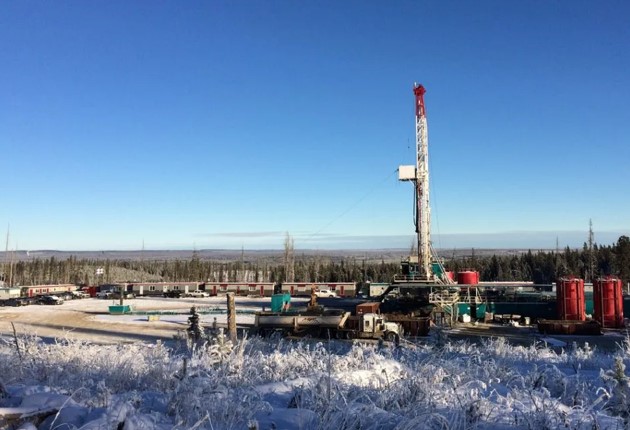Power Nickel announces new assays from its polymetallic Lion zone discovery


Power Nickel (TSXV: PNPN) has released the first assay results from five holes in its summer 2024 drilling program at the Lion zone, part of its polymetallic discovery, of the Nisk project in Quebec. These results come after expanding the zone by 50% earlier in the season. The assays, however, reflect drilling in an area the company now identifies as the Halo zone, just outside the main Lion zone.
Key results from the holes include:
“Holes 63, 66 and 67 still delivered great value to the project," said Power Nickel CEO Terry Lynch. "Five metres of 5.93% copper equivalent in hole 63 is excellent and holes 66 and 67 showed sizeable sections of 12 metres at 2.97% and 2.36% copper equivalent, respectively.” Lynch noted that after this round of drilling, the team shifted to a lower pitch, further west, to return to the main Lion zone.
VP of exploration Ken Williamson added that the thickness of the chalcopyrite zone in the core varies from up to five to 10 metres but narrows to less than 1 metre laterally. He noted that the structural interpretation and 3D modeling suggest an inverse relation between thickness and strain intensity. The team plans to step out several hundred metres to explore for potential offsets of the zone, which could lead to thicker mineralized areas.
For more information, visit www.PowerNickel.com.
Comments